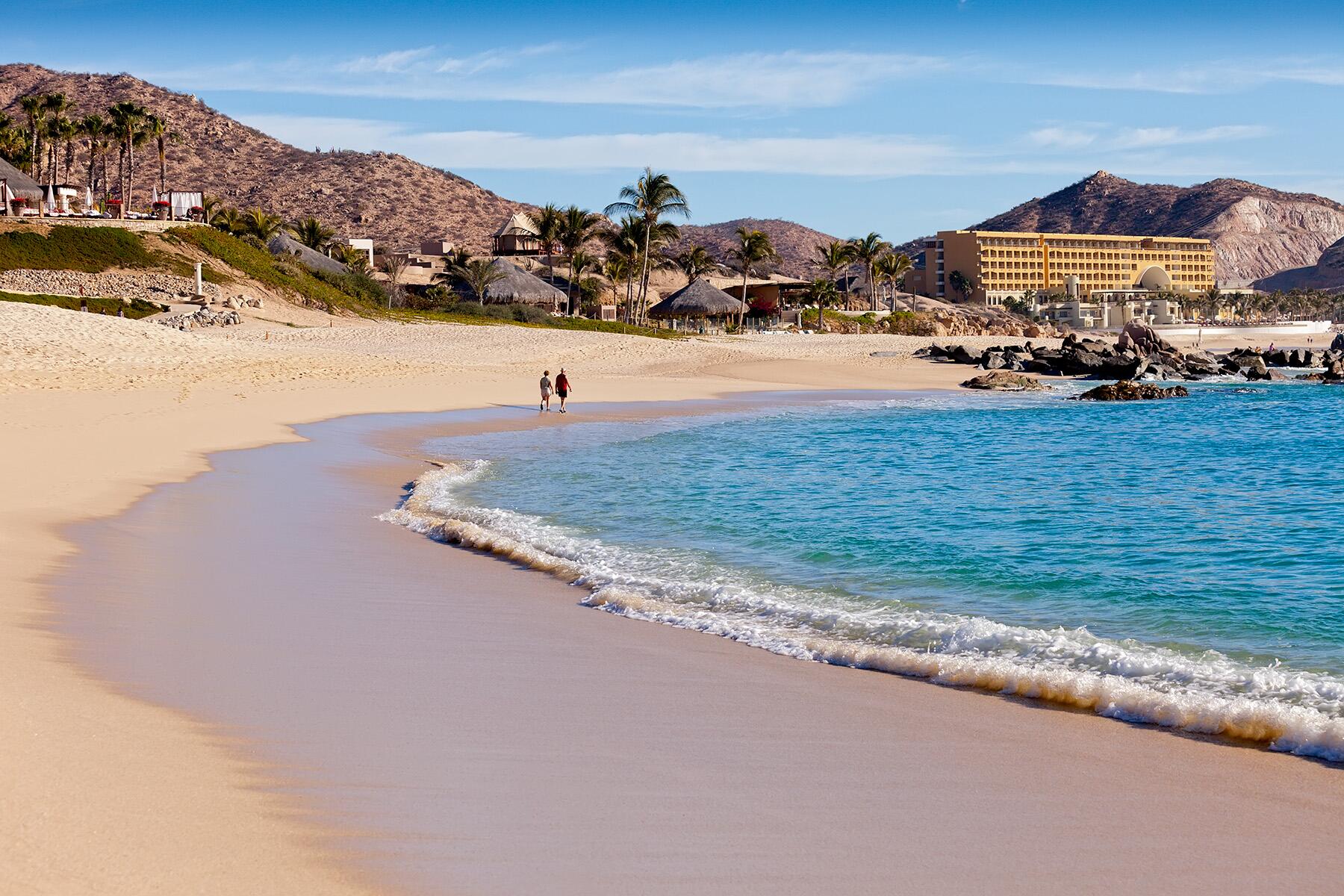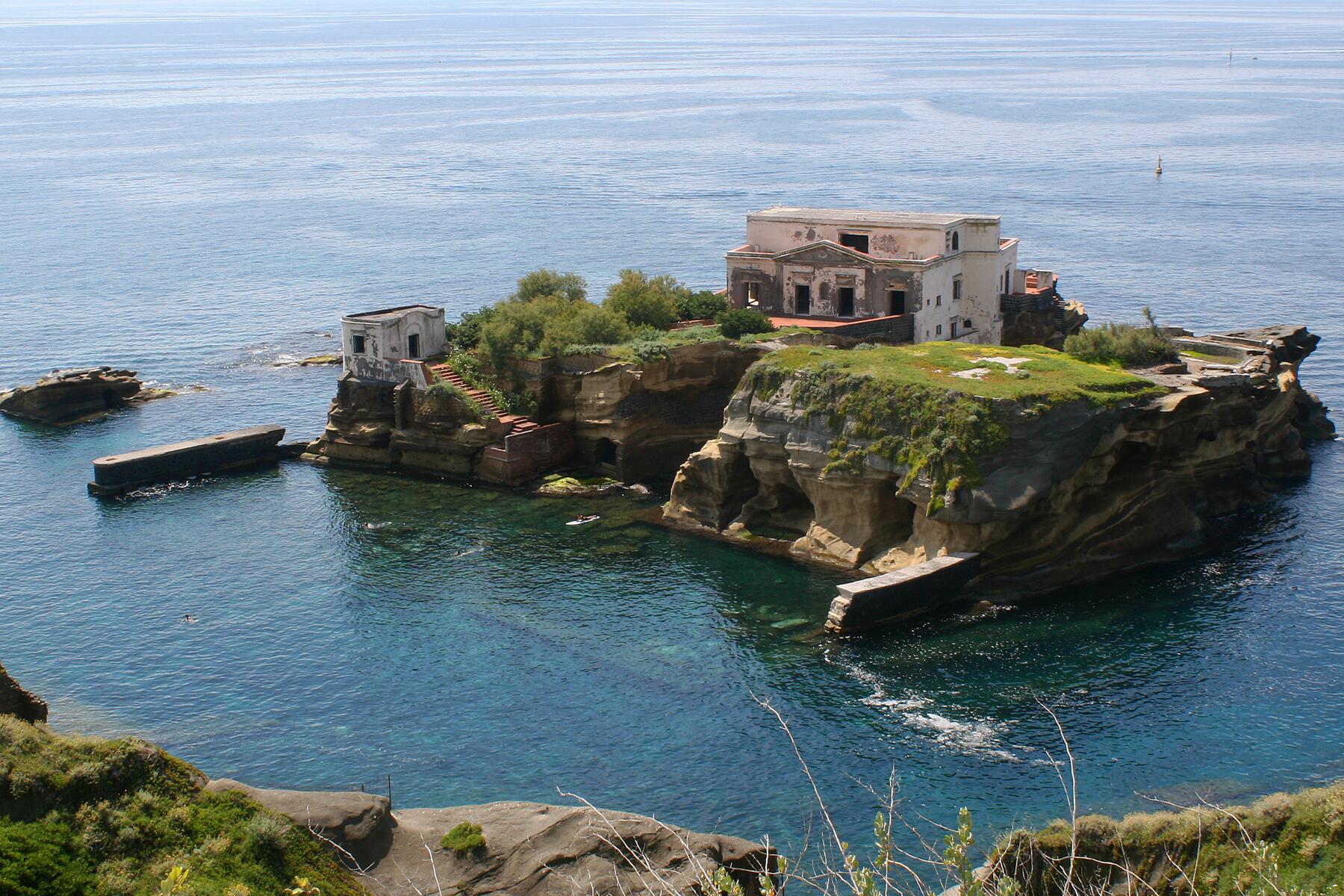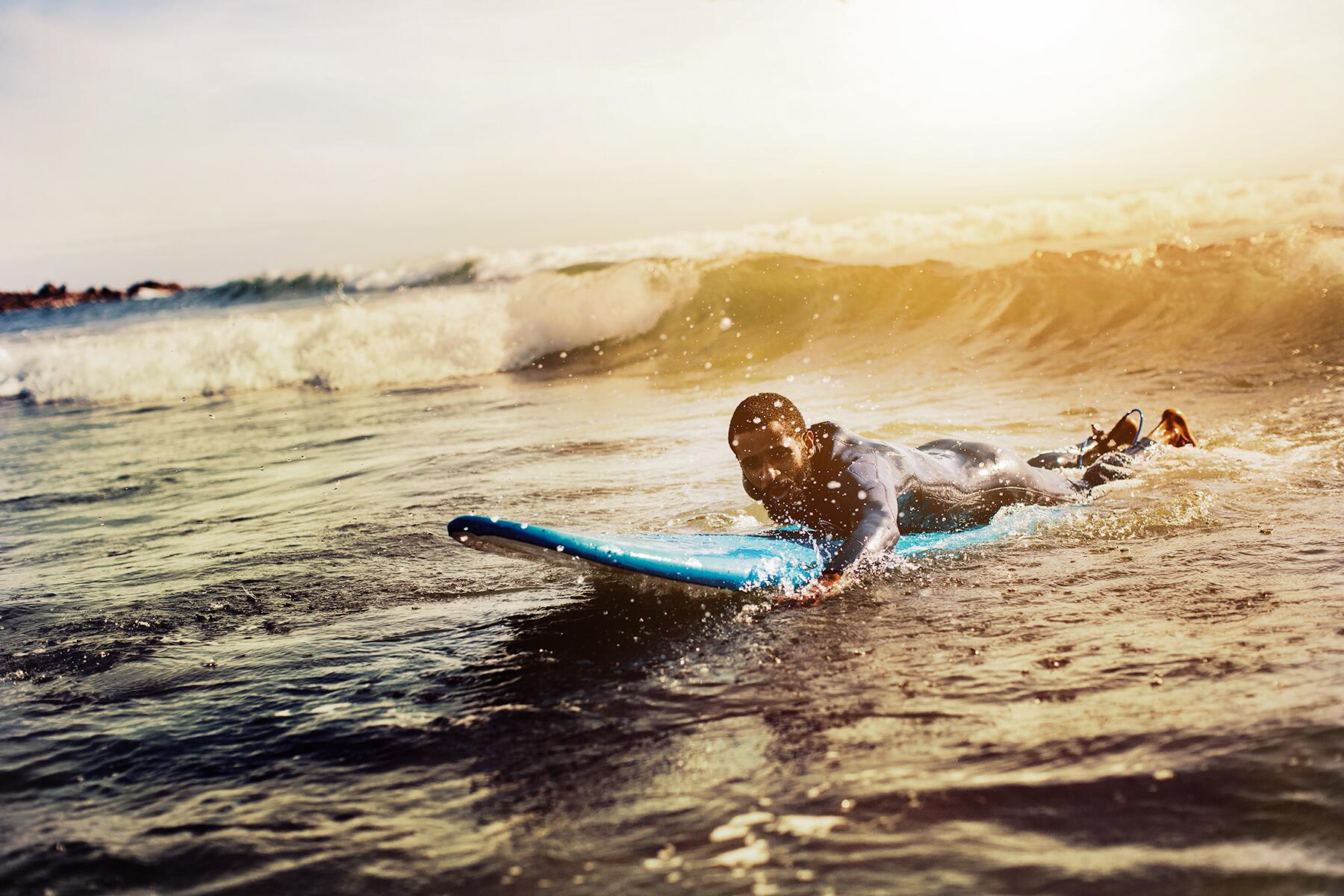From family-run surfing schools to accessible beaches, surfing in Africa is easier than you think.
For Rachid, Christiana, Babacar, Avuyile, and Tasha, Africa can best be explored through the magic of the ocean. All five of these talented athletes recommend an open mind for everyone wishing to surf around the continent.
There’s a rich surfing tradition in Ghana, Angola, Mozambique, Cape Verde, Liberia, Madagascar, Namibia, and Kenya, but Morocco, Senegal, and South Africa are great entry points for their variety, infrastructure, and surf instructors. These passionate surfers are here to guide you through Africa’s most thrilling destinations, whether you’re a pro or holding a surfboard for the first very time.
A Family-Run Surfing School in Morocco
A trans-Atlantic romance between Moroccan Rachid Makoua and Canadian Christiana Pillibeit rubs off on Local Surf Maroc, a family-run surf school and camp that operates out of Tamraght, a village along the western coast of Morocco in Taghazout Bay.
Christiana is a practicing nurse but dedicates the rest of her time off work to running the surf camp. According to Christiana, the entire Moroccan coast is accessible. However, the most popular spots for intermediate to advanced suffers are Anchor Point, Killer Point, and Banana Point. For beginners, Devil’s Rock and Crocros are the safest.
Recommended Fodor’s Video
“It’s very easy to reach these surf spots as you can walk, bike, or park your car just by the entry points,” explains Christiana.
View this post on Instagram
Visitors to Morocco can surf year-round, experiencing point breaks, reef breaks, beach breaks, boilers, and other challenges reserved for the most daring. Christiana says Taghazout and the surrounding Bay have been a popular camping and surfing destination for French, American, and Australian tourists since the 1960s.
Rachid uses his mastery of his ancestral home to help visitors experience surfing alongside the other attractions that make Morocco the most visited country in Africa. He started as a body-surfer before his fisherman father bought him a surfboard at the age of nine.
Local Surf Maroc, and other businesses, rent out equipment, but visitors can bring their own gear. Christiana advises cash for payments in and around Taghazout Bay, although resorts in the city accept payment cards. Visitors can also access ATMs in the bigger towns.
INSIDER TIPAccording to Christiana, everything in Morocco works by “Inshallah” and not by any sort of clock. Don’t expect anything to go according to your schedule. Things will happen when they happen. So the best tip we can give you is to relax, enjoy the ride, and be open to new experiences.
View this post on Instagram
Surfing Meets Culture in Senegal
The month of June ushers in the north swell that tempts Babacar Thiaw out of his restaurant into the Atlantic Ocean. Virage Resto, the no-plastic restaurant he’s been running since 2019, is only one of his many business ventures. He also manages Senesurf, a surfing school that offers lessons and rents out equipment.
“The best surfing spots are Sveral, Dakar, and Kiyir, which is an hour out of Dakar,” he says. “There’s also Ouakam, a scenic settlement on the coast of Dakar, home to the popular Mosquée de la Divinité.”
Growing up by the Atlantic Ocean, Babacar learned how to surf on a piece of wood. Helping people surf has become a lifelong passion for the Dakar native ever since. He has surfed in Morocco, France, and Portugal but still prefers the warmth and openness of the Senegalese surfing community.
“We welcome surfers from all over the African continent,” he explains. “Dakar is like a peninsula, so we have waves year round. Only in Dakar can you find 20 surfing spots. You can find a surf spot every ten minutes when driving.”
The Dakar coast offers beach breaks and reef breaks year-round. Offshore winds make the waves perfect from November to January. The south swell during this period makes for a challenging surfing experience. Most visitors come to Senegal for the culture, so Babacar helps them learn about Senegalese museums, food, and the local art scene.
“Senegal is a great destination for the African Diaspora who come to learn about their history in places like the Monument of African Renaissance, the Museum of Black Civilization, and the Selebe Yoon Art Center.”
Babacar is keen on his Lebu ancestry and educates his clients about the fishing community around Dakar’s coastline.
“The Lebu tribe have been by the ocean for centuries,” he says. “We master swimming, and we are comfortable in the water. That helps us to be great surfers. Now we have non-Lebu surfers as more people come to the ocean and learn.”
INSIDER TIPAccording to Babacar, he would just tell visitors to be open and excited to discover the culture and community.
View this post on Instagram
Accessible Surfing and Beaches in South Africa
South Africa’s surfing pedigree goes well beyond the silver medal the country won at the Tokyo 2020 Olympic Games. According to Tasha Mentasti, Mzansi has the most diverse surfing community in the world.
Tasha is the 2021 South African Women’s Surfing Champion and the first woman in the world to coach a national team at the ISA World Junior Surfing Championships. She led the SA Junior team to the championships in El Salvador in 2022.
View this post on Instagram
When she’s away from tournaments, Tasha focuses on offering guided tours out of Cape Town. With over three decades of experience, she works hard to make surfing accessible to people with disabilities through Find Your Stoke. The initiative offers free surf therapy sessions and promotes para-surfing.
“South Africa is a wave-rich country with two different oceans that meet the coast,” explains Tasha. “This offers unique surfing experiences depending on your level of surfing skills.”
Tasha’s top surfing spots are North Beach in Durban, Kings Beach in Gqeberha, and Muizenberg Beach in Cape Town. She has surfed in Mozambique and Angola. For people with disabilities, Tasha recommends uShaka Beach in Durban and Muizenberg Beach in Cape Town.
“These beaches are the best thanks to accessible parking spaces, wheelchair accessible public toilets, and beach paths and ramps that are wheelchair accessible,” she says. “The waves that break on these beaches are also quite weak, which allows for safer ocean spaces and a calmer environment.”
The winter months, from May to August, are the best to surf South Africa and offer all types of waves for different experience levels on the east and west coast.
“Usually, when the weather is bad, the waves are good!”
Tasha cautions visitors about the difference in temperature between the east coast, where the Indian Ocean can be a warm 20°C (68°F), and the west coast, where the Atlantic Ocean can drop to as low as 9°C (48°F).
As a key player in the South African surfing industry, Tasha is proud of the diversity on South Africa’s shores.
“The numbers are growing daily, but I would say 25% of surfers in South Africa are people of color. We have more people of color sharing the waves than any other surfing nation in the world.”
South Africa is one of Africa’s top destinations, with buzzing cities, safaris, and wild natural beauty around its coastal areas, so whether visitors are coming with their equipment or renting one, there’s space to play around for free.
INSIDER TIPTasha recommends being open-minded and willing to experience new cultures and languages while traveling through Africa. Also, she advises having a quality first-aid kit and travel insurance.
An Ambassador for Black Surfers in South Africa
Out on the Eastern Cape, a surfing sensation takes great pride in his role as an ambassador for young Black surfers. He’s vocal about the challenges disadvantaged communities face as professionals trying to make a name in the sport, but his struggles haven’t dampened his passion for the waves.
View this post on Instagram
Born and raised in Port St John’s, Avuyile Ndamase loves to surf in Durban and the south coast of South Africa. He’s surfed out of the continent for international tournaments but has a favorite challenge relatively close to home.
“Namibia was the wildest place I’ve been and worth visiting for sure.”
Above everything else, Avuyile places great importance on respect and a genuine connection with locals.
“Be curious and ask locals. People are very friendly here if you keep it cool and be stoked. South Africa is very rich in history and diversity and has a growing modern culture we share as the youth of a new era.”
“It’s fresh and very diverse in itself, so there is a lot to explore within it, and I am privileged to be at the forefront of it all,” says Avuyile. “Our time is now, and it’s exciting. Bring a good vibe and some old clothes for locals you might meet, especially in the rural areas. It goes a long way.”
Avuyile is certain where people should go to have an authentic experience of the homeland.
“The Transkei and Mpondo people are amazing, and it’s real Africa.”



